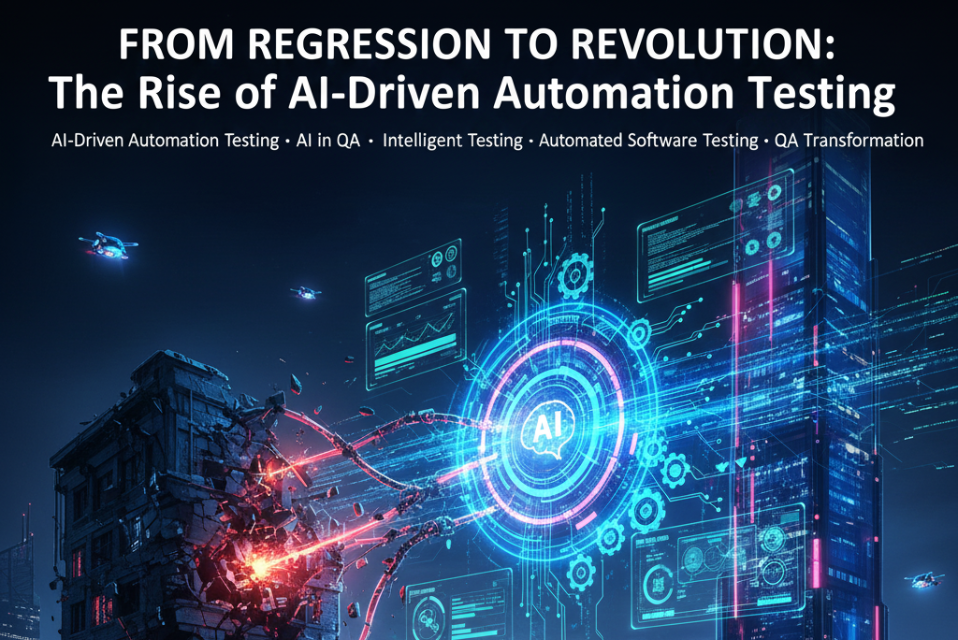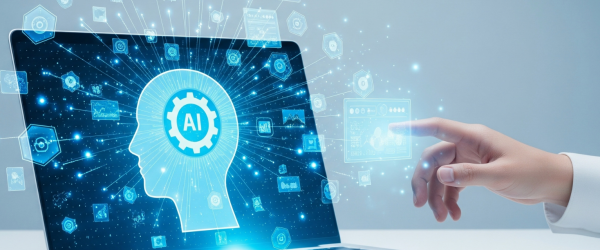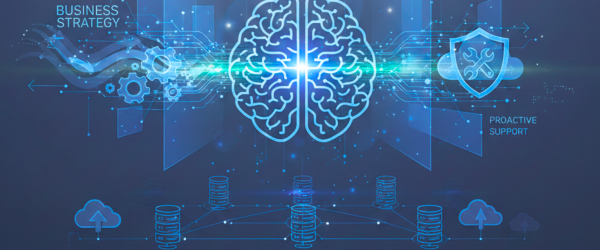Introduction
The landscape of Quality Assurance is undergoing a radical transformation, driven by the powerful integration of AI in QA. For decades, software testing has been constrained by manual processes and brittle automation scripts that struggle to keep pace with rapid development cycles. Today, we stand at the forefront of a revolution where artificial intelligence and machine learning are not just enhancing traditional testing methods but fundamentally redefining them. AI in QA represents a paradigm shift from reactive validation to intelligent, predictive quality engineering that anticipates issues, adapts to changes, and continuously optimizes the testing process. This evolution marks the beginning of a new era where quality assurance becomes smarter, faster, and more comprehensive than ever before.
The Limitations of Traditional Automation: The “Brittleness” Barrier
Traditional script-based automation relies on precise, static selectors (like XPath or CSS) to interact with application elements. When a developer changes a button’s ID or a div’s class, the test breaks. This “brittleness” leads to:
- High Maintenance Overhead: A significant portion of QA effort is dedicated to updating scripts rather than creating new tests or exploratory testing.
- Limited Scope: Automating visual validation, complex user journeys, or non-functional aspects like UX is incredibly difficult.
- False Negatives: Tests fail not because of a bug, but because the script couldn’t find an element, eroding trust in the automation suite.
A report by Capgemini found that “despite investments, 60% of organizations still struggle with the maintainability and scalability of their test automation suites.”
The AI Revolution: Infusing Intelligence into Testing
AI-driven testing tools use machine learning (ML), natural language processing (NLP), and computer vision to mimic human-like perception and decision-making. This intelligence addresses the core weaknesses of traditional automation.
1. Self-Healing Test Scripts
AI algorithms can automatically detect changes in the application’s UI. When a locator changes, the AI can learn the new path and self-correct the script, drastically reducing maintenance efforts and preventing false failures.
2. Intelligent Test Case Generation
AI can analyze the application under test, including its code, user stories, and even past defect data, to automatically generate relevant test cases. This includes creating optimized regression suites and identifying untested or high-risk areas.
- Stat to Consider: According to a study by Gartner, “by 2026, AI and machine learning will automate 40% of test design, data generation, and test case initialization tasks, up from less than 5% in 2022.”
3. Visual Testing and UI Validation
Using computer vision, AI can validate visual correctness in a way that was previously impossible. It can detect subtle visual bugs like layout shifts, overlapping elements, or color mismatches that would escape traditional functional tests.
4. Smarter Test Execution and Analysis
AI can optimize test execution by identifying and prioritizing high-risk test cases. Furthermore, it can analyze test results, logs, and screenshots not just to report a failure, but to diagnose the most probable root cause, saving engineers precious investigation time.
Traditional vs. AI-Driven Automation: A Paradigm Shift
| Aspect | Traditional Automation | AI-Driven Automation |
|---|---|---|
| Script Maintenance | Manual, high effort. | Automated, self-healing. |
| Test Creation | Manual script writing. | AI-aided generation and optimization. |
| Element Locators | Relies on static, brittle selectors (XPath, ID). | Uses dynamic, multi-locator strategies and visual AI. |
| Visual Validation | Limited to screenshot comparison (pixel-based). | Intelligent visual AI understands layout and UI components. |
| Scope | Primarily functional regression. | Expands to visual, usability, and performance testing. |
| Root Cause Analysis | Manual log analysis by engineers. | AI-powered insights and suggested root causes. |
| Adaptability | Low; breaks with UI changes. | High; learns and adapts to application changes. |
The Future is Autonomous: The Path Ahead
The revolution in AI in QA is just beginning. The next frontier is Autonomous Testing—where AI will not only execute and maintain tests but will also continuously design, execute, and adapt the testing strategy with minimal human intervention. Testing will become a self-regulating system within the software development lifecycle.
Conclusion: Embracing the Intelligent QA Era
The rise of AI in QA marks a definitive shift from a reactive, maintenance-heavy practice to a proactive, intelligent, and strategic function. It represents a revolution that empowers QA teams to ensure quality at a scale and speed that matches the demands of modern software development.
For organizations striving for digital excellence, integrating AI into the testing lifecycle is no longer a futuristic concept—it is an operational necessity. The question is no longer if AI will transform your testing, but when you will join the revolution.







